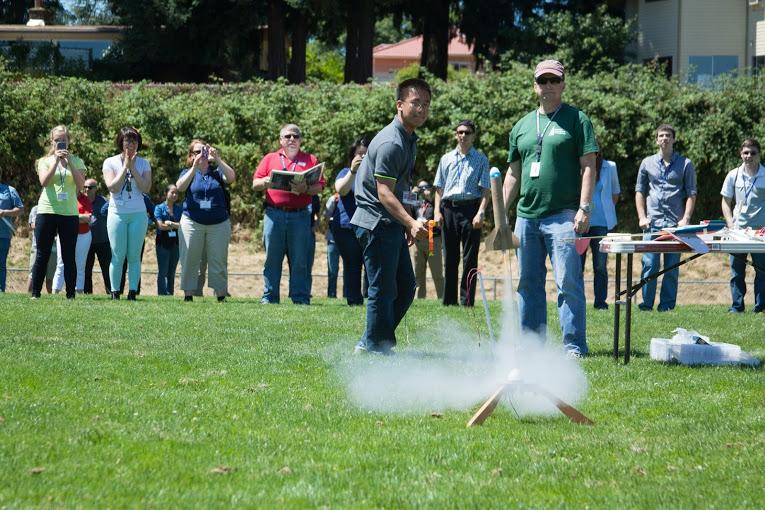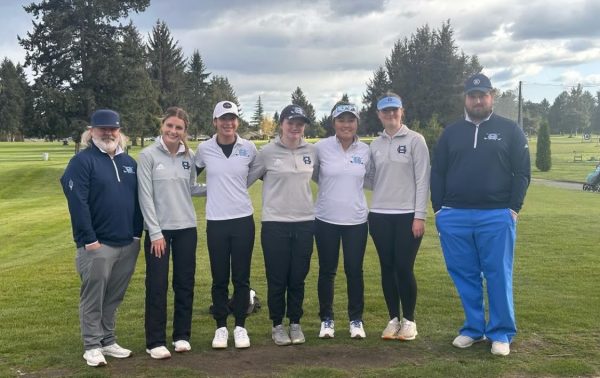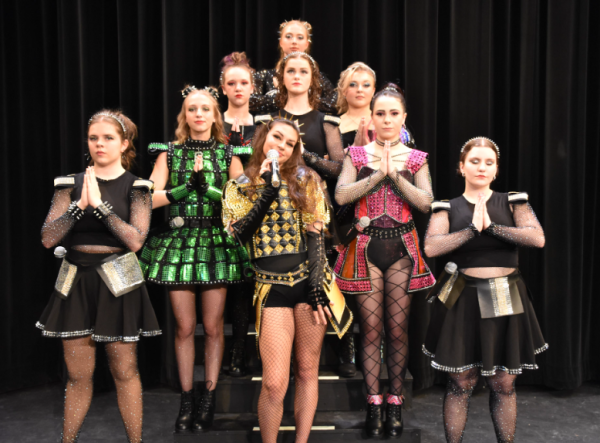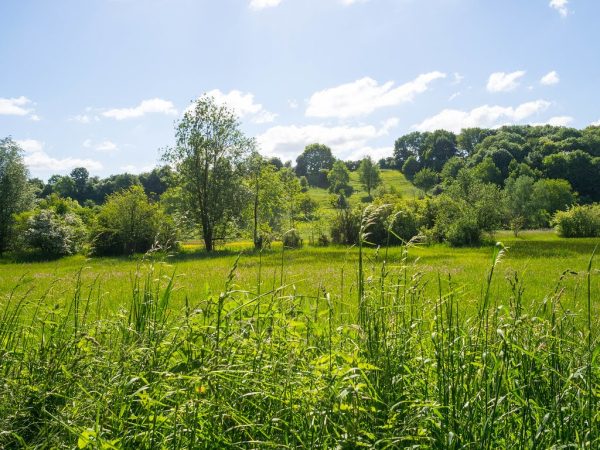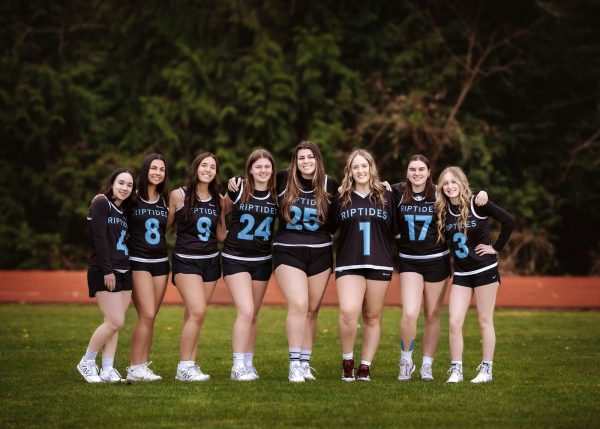Rockets and Rovers and Mars, OH MY!
Washington Aerospace Summer Program
WAS participants watch a student-made rocket blast off.
September 13, 2014
Imagine you are in a space shuttle in a mission to the Moon. You communicate with Flight Control, turn dials and press buttons, and control levels of oxygen in the spacecraft. Although it seems impossible to live out this dream as a student, some Gig Harbor High School students experienced a simulation very similar to this at the Museum of Flight in Seattle.
A great opportunity to learn about how astronomy is used in the aerospace field.
— Senior Alex Fenn
They, along with several other students from across Washington State, were a part of the Washington Aerospace Scholars (WAS) program. Throughout the months of June and July there were four sessions each spanning six days long. Students participated in one of these sessions and from there were split into four teams: red, blue, white, and grey team. The colored team students were assigned to determined what part of a Mars mission they’d be researching and presenting about on the last day of their session. In addition, these students competed in engineering challenges. They built LEGO robots and designed rockets and landers.
Senior Alex Fenn felt it was “a great opportunity to learn about how astronomy is used in the aerospace field.” She says she learned many things from the experience, including how to think and work like an engineer and speak in front of a large audience of family, friends, and professionals in the field.
Juniors can apply during their school year to participate in WAS. If accepted, they can compete in Phase One of the program, an online space college course, for a spot into Phase Two of the program, the summer residency.
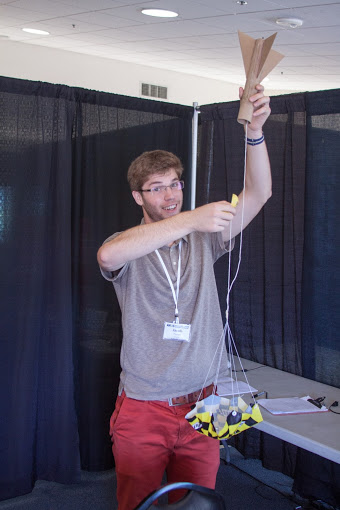 To the left: Senior Jacob Powell holding up his team’s rocket.
To the left: Senior Jacob Powell holding up his team’s rocket.
Photo Credits: WAS Program


